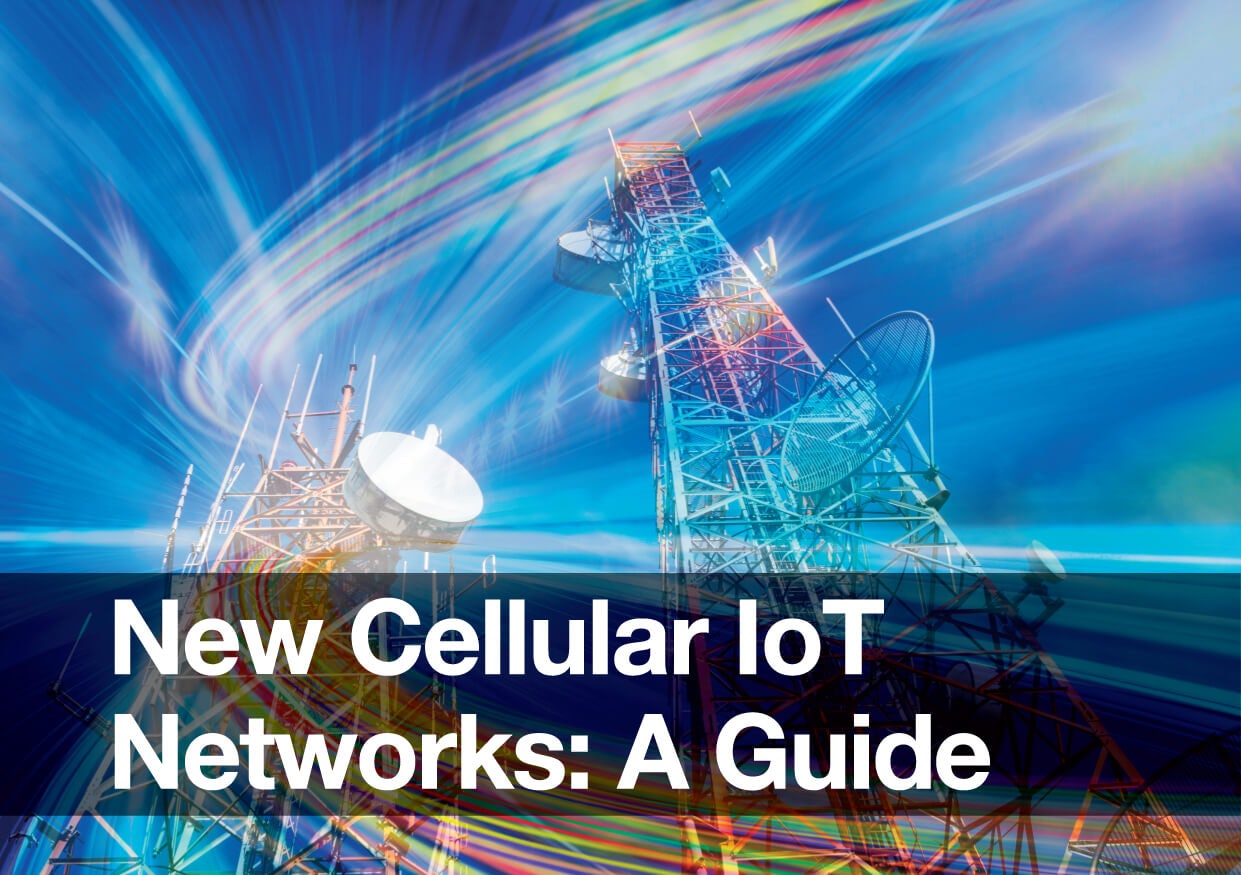New Cellular IoT Networks: A Guide
The development of the IoT market means all by-products are evolving too, and one of the most essential of these is network and the hosting of it: think of a phone in a flight mode, where there is no connection.
This same network is required for devices to form a connection with each other, and today’s big debate about which network type to use revolves around CAT-M1 and CAT-NB1.
The key question is which one of the networks should be rolled out first: the former offers a quick-to-market solution, as it relies on a mobile network that already exists and is extremely easy to set up; the latter is quite simple in its formation – connection is limited to one device – and is very cost effective to the provider. These technologies were first tested in the US, where market leaders Verizon and AT&T have opted to prioritise time-to-market approach by only offering CAT-M1 (at least so far). The view of those analysing this choice is that whilst NB1 can be deployed through a simple software update, it requires instalment of new hardware and therefore offering CAT-M1 is the easier option.
The European providers have experimented with both options: they started out with an announcement of NB1 for its simplicity, but eventually all switched to M1 as it required a smaller initial investment. This was partly expected to happen due to the initial roll out of CAT-M1 in the US, which formed a base for the European network model. Unlike Europe and the US, Asia remains undecided on the issue.
Optimally, the ultimate decision of networks would lie with the developer of the specific device, but as things are, this is unlikely. The most likely scenario is one where some countries or continents will have M1, some will have NB1 and a select few will have both. As Dashboard sees it, this requires a higher level of adaptability from the devices: many of them will have to enable dual-mode to work across borders, whilst some will need to learn to automatically choose a preferred network depending on conditions. Whilst this may be a complication, it simultaneously pushes IoT forward, which is the ultimate goal for the industry.
